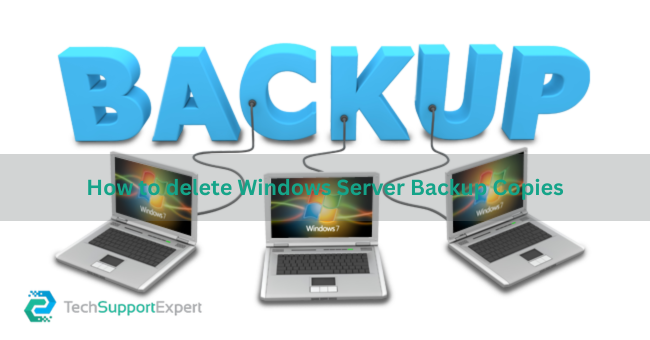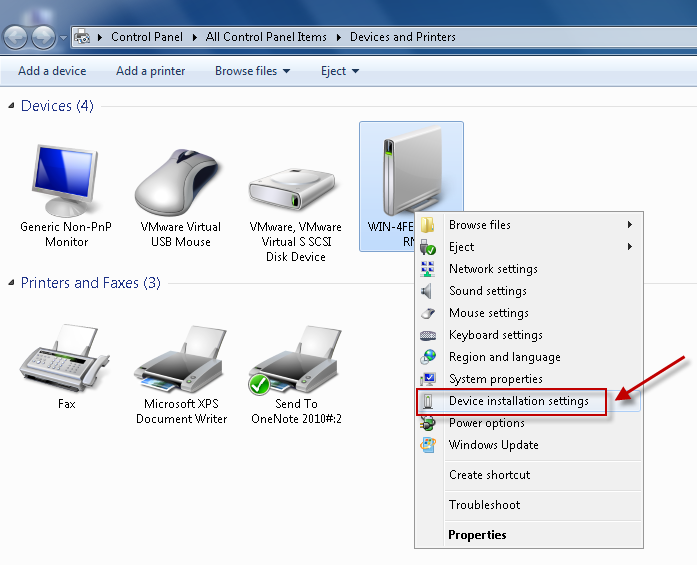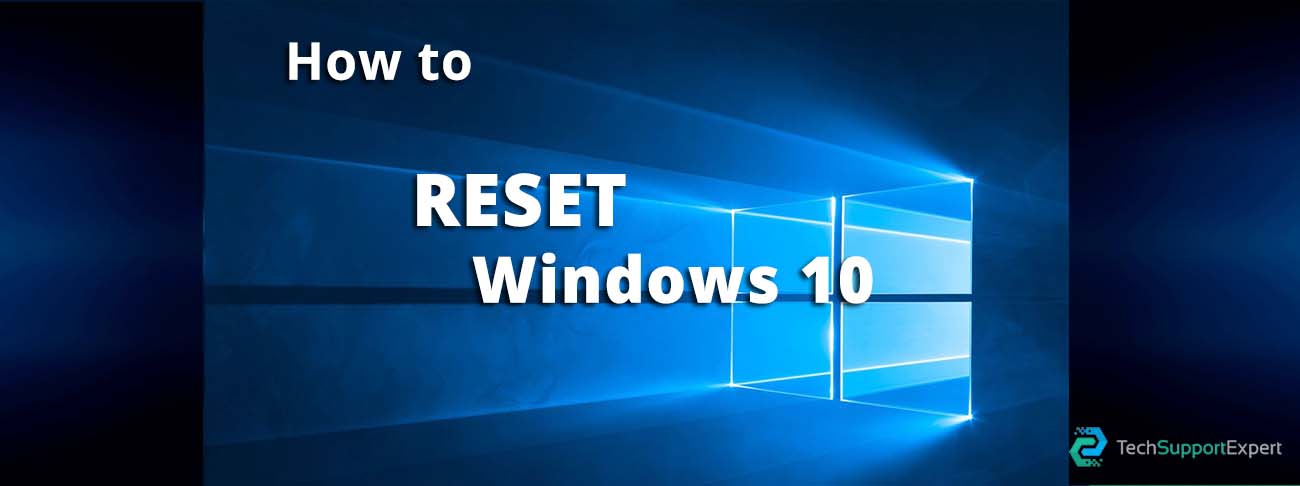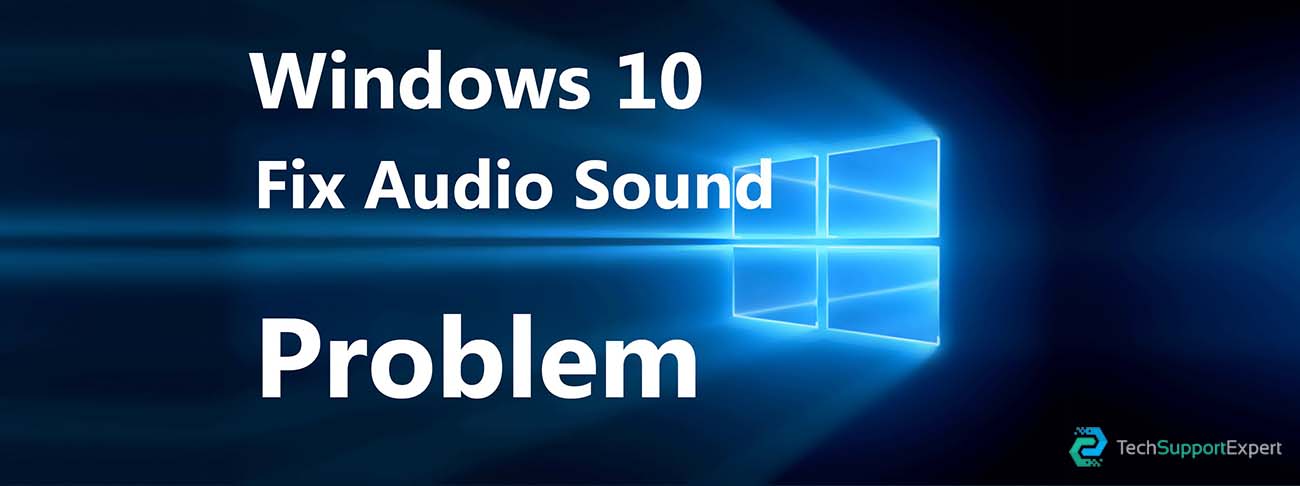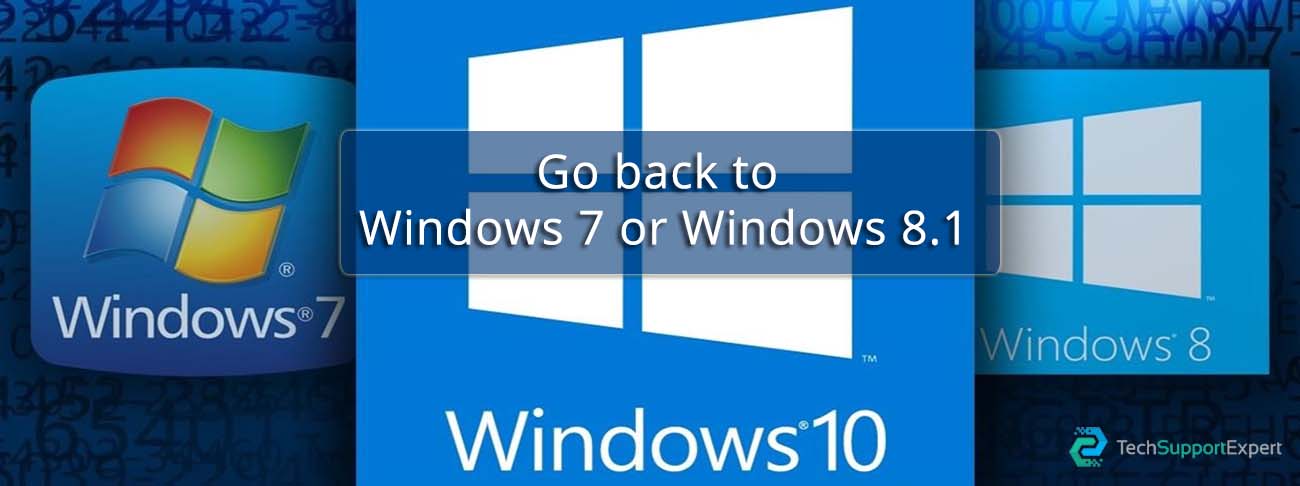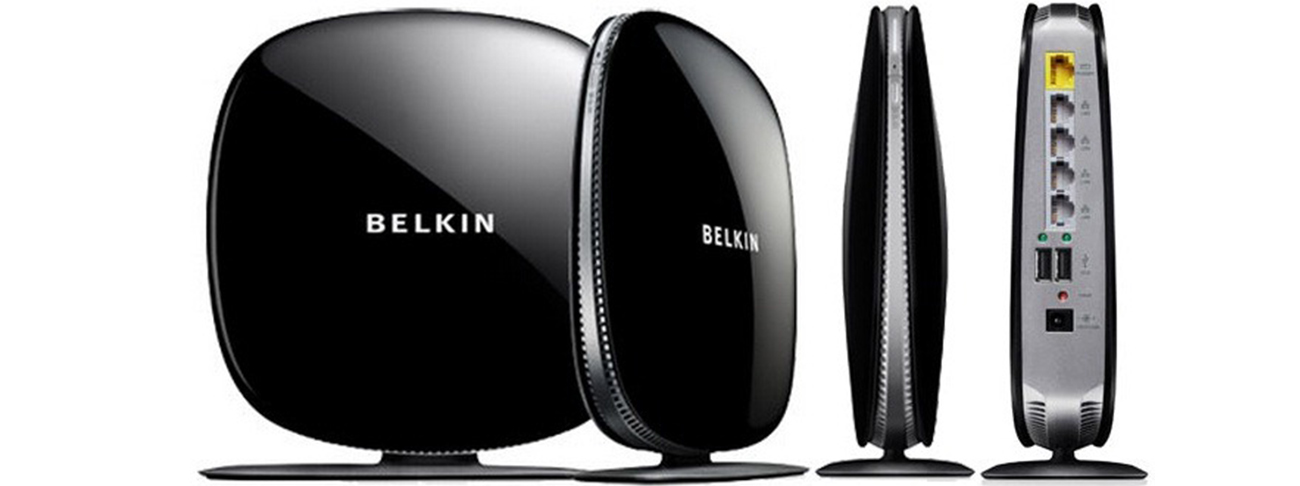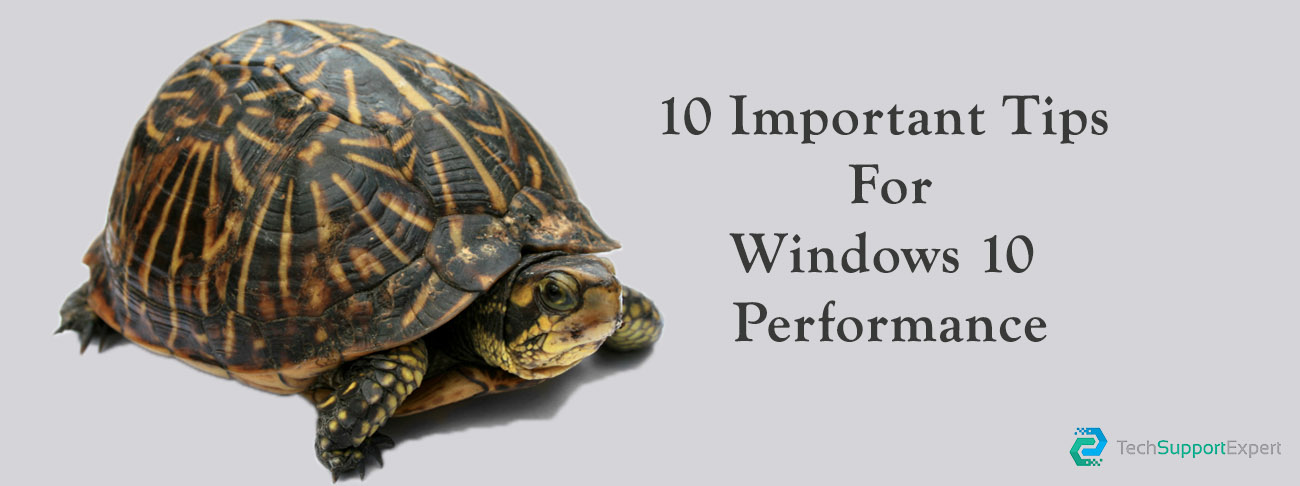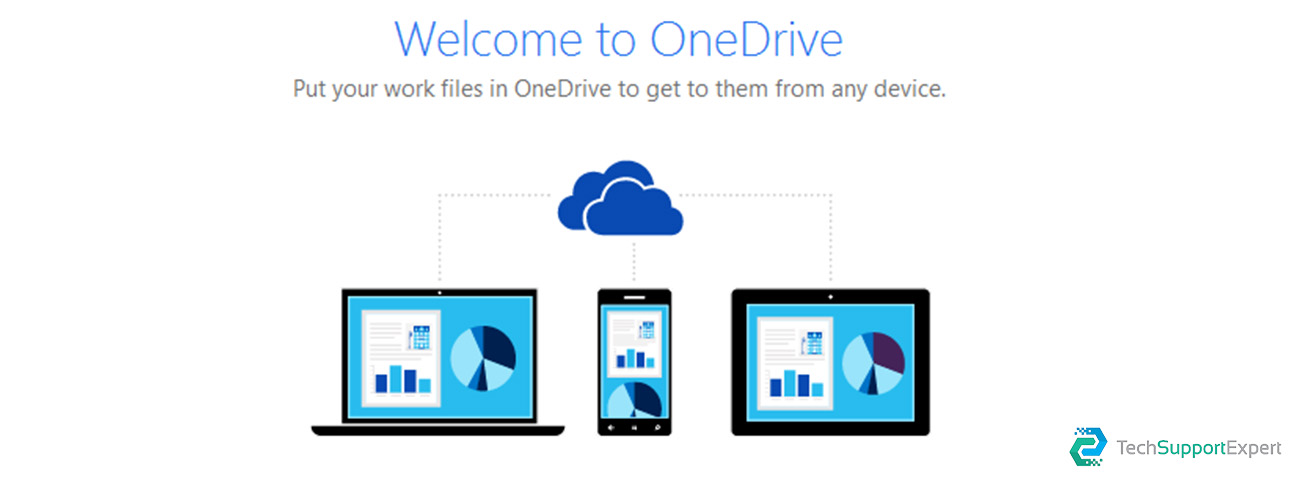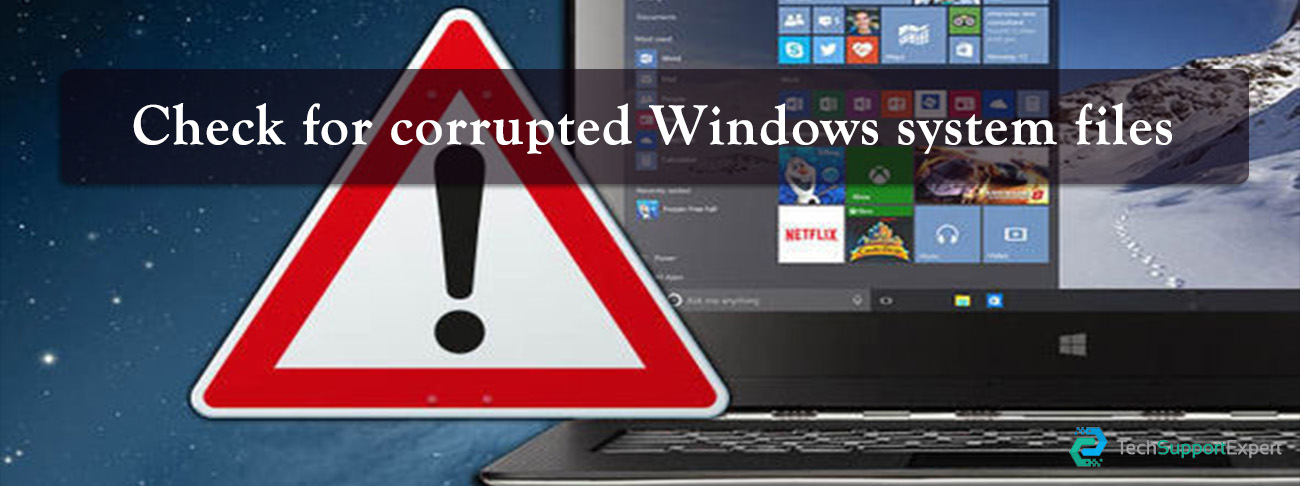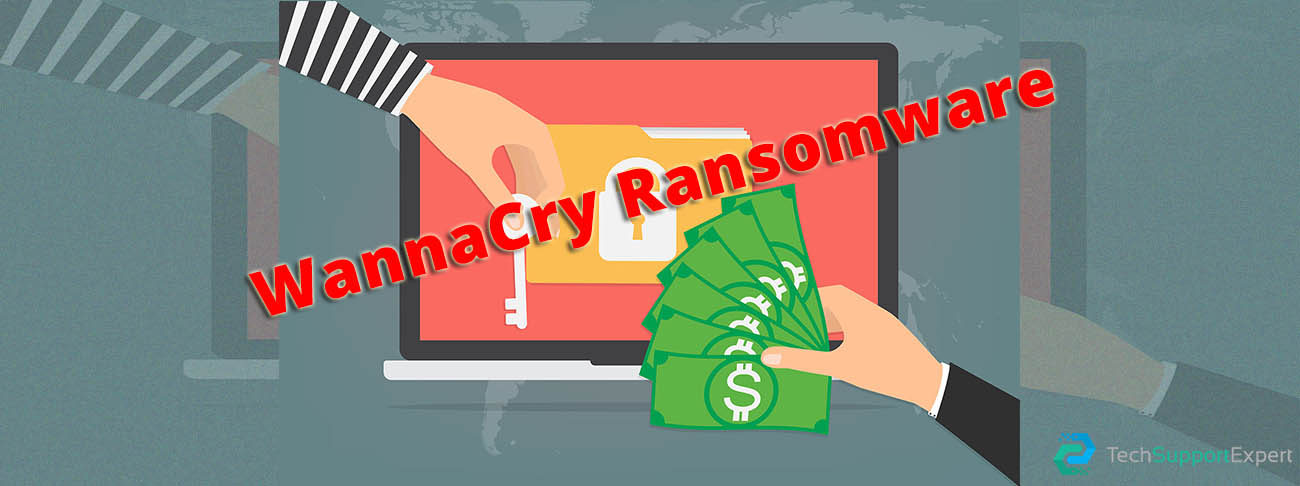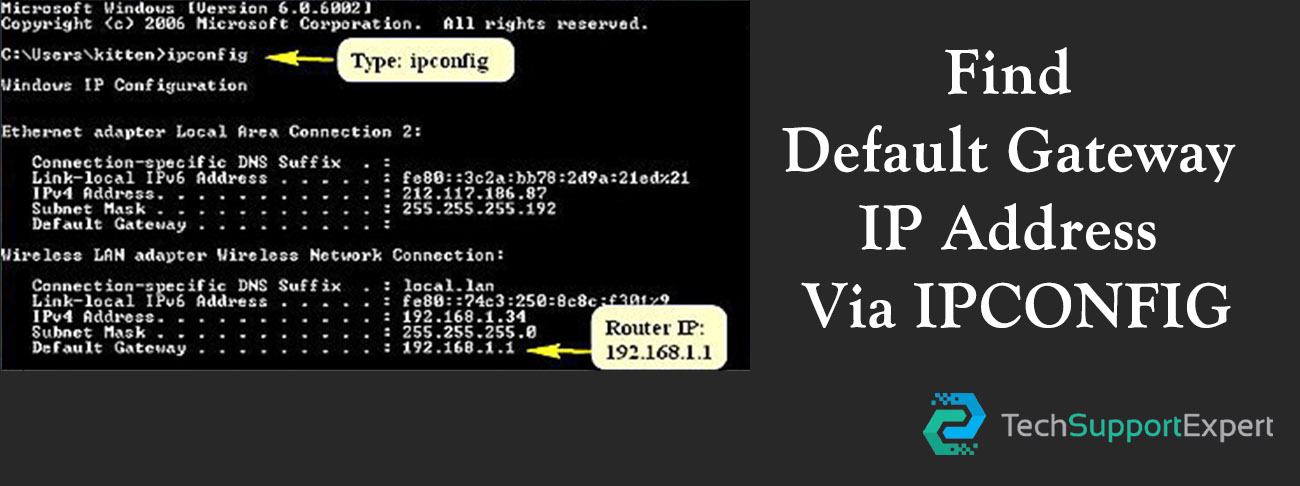The Windows Update Error 0x80070003 typically occurs when the Windows Update tool encounters difficulties installing an update. The exact reason for this error is not known. However, the solutions to resolve this issue are generally straightforward to perform.
The steps to fixing the Windows Update Error 0x80070003 do not need high technical knowledge in computers and can be performed by anyone as long as the methods are followed correctly.
The Main Causes of Error Code 0x80070003
If you see this error when attempting a Windows Update, there are four main reasons:
The problem might stem from corrupt system files, as the update tool relies on these files to function properly. It could also involve corruption in the Windows Update cache, a topic we will address separately below.
The Windows update process is intricate and depends on various Windows services to operate smoothly. If any of these related services are disabled or malfunctioning, it can hinder the successful completion of an update.
The Windows Registry might have configuration problems, which can be resolved by editing the Registry. With caution!
Windows Update consists of various subcomponents. If any of these components are broken or missing, it creates issues when completing an update.
Also, Read How to Fix Windows Error 0x80004005?
Error Code 0x80070003 Variations
Interestingly, the 0x80070003 code is often accompanied by specific human-readable error messages, indicating it’s a group of related errors rather than a singular, specific problem.
The most common error message associated with the 0x80070003 code is likely “We couldn’t install this update, but you can try again (0x80070003).” Interestingly, restarting the system often resolves the error.
“Windows failed to install the following update with error 0x80070003” is a bit more challenging to address, and a simple restart of the operating system may not resolve the issue. The majority of the fixes suggested here are designed to specifically resolve this error.
1. Restart Windows
As a standard practice, the first step you should take is to restart your PC and attempt to run the update again. If your system hasn’t been restarted in a while, some services crucial for Windows might have frozen or closed. Restarting your system will either solve the problem or if the issue persists, it may suggest a more persistent issue.
2. Disable Third-Party Firewall and Antivirus Software
Other antivirus and firewall programs, aside from the ones included with Windows, could potentially interfere with Windows updates. To eliminate this possibility, disable these programs and try the update again.
3. Use the Windows Update Troubleshooter
Windows 10 and 11 come equipped with specialized troubleshooters designed to address errors in Windows without the need for intricate manual troubleshooting. In this scenario, the troubleshooter you should run is the Windows Update Troubleshooter. However, the specific location of the app varies depending on which version of Windows you’re using.
Windows 10 users should go to Start > Settings > Update & Security > Troubleshoot > Additional troubleshooters. Then under Get up and running, select Windows Update > Run the troubleshooter.
Windows 11 users should go to Start > Settings > System > Troubleshoot > Other troubleshooters. Then under Most frequent, select Windows Update > Run.
After running the troubleshooter, assuming that it changed anything, restart your computer and see if the update issue is resolved.
4. Try The Update Assistant
If the troubleshooter proves ineffective and you are using Windows 10, an alternative option is to use the Windows 10 Update Assistant. This external program allows you to force updates in situations where the built-in troubleshooter may not be successful.
5. Clear The Software Distribution Folder
If there’s an issue with the temporary update files created during your update history, you can resolve it by clearing the download folder where these files are stored:
1. Press Windows + R to open the Run dialog box.
2. Type cmd and press Ctrl + Shift + Enter to run it in admin mode.
3. Type net stop wuauserv into Command Prompt and press Enter.
4. Use File Explorer to delete the contents of the following directory:
5. Type net start wuauserv into Command Prompt and press Enter.
6. Manually Stop and Restart the Windows Update Service
The main service that makes updates work is the Windows Update Service. You can manually stop and restart this service to try and get it working again.
1. Press Windows + R to open the Run dialog box.
2. Type services. msc and press Enter
3. Look for the Windows Update service.
4. Right-click it, and select Stop.
5. Restart your PC.
6. Repeat steps 1 and 2.
7. Look for the Windows Update service, right-click it, and select Start.
Try updating again.
If you prefer to use the Command Line, here’s how to achieve the same result:
Press Windows + R to open the Run dialog box.
Type cmd and press Ctrl + Shift + Enter to run it in admin mode.
Type net stop wuauserv and press Enter.
Restart your PC.
Repeat steps 1 and 2.
Type net start wuauserv and press Enter.
7. Check For Corrupted System Files
To ensure the integrity of your current Windows installation, it’s advisable to check your system files for any corruption. You can perform this check by running the System File Checker (sfc /scannow) or the DISM tool from the Command Prompt.
Check out our guide to fix corrupt system files or our advanced guides for the SFC and DISM commands for more information on these procedures.
8. Free Up Drive Space
Windows Update requires sufficient space to function properly. If your system’s hard drive is nearing full capacity, there may not be enough room for temporary update files. If space is limited, consider uninstalling large applications, deleting media files, moving them to external drives, and performing a general cleanup of unused data or caches to free up space.
9. Check The Registry For Errors
A misconfigured Windows Registry is often behind this error.
Warning: There’s always a measure of risk when modifying the Registry. If you haven’t worked with it before, check out our guide to using the Windows Registry. And always back up your Registry before making any edits.
Press Windows + R to open the Run dialog box.
Type regedit and press Enter.
Copy the following text and paste it into the Registry address bar:
Double-click ImagePath to open the registry key.
Check that system32\drivers\wimmount.sys is listed under Value data. If not, change it and select OK.
Open Windows File Explorer and go to C:\Windows\System32\drivers\ (assuming your system drive is Drive C).
Check that him mount. sys is present in this folder. If not, refer to section 5 above and repair your system files.
Restart the computer and try rerunning Windows Update.
10. Reset Windows Update Components Manually
Although the Windows Update Troubleshooter typically automatically resets Windows Update components in the background, if it doesn’t resolve your issue, you might consider manually resetting them. Keep in mind that this should be a last resort, as it involves a complex process with multiple steps.
Press the Start Button.
Type Command Prompt.
When Command Prompt appears in the results, right-click it and select Run as Administrator.
When asked, confirm that you want to run Command Prompt as Admin.
Type net stop bits and press Enter.
Type net stop wuauserv and press Enter.
Type net stop cryptsvc and press Enter.
Delete the qmgr*.dat files by typing the following command in the Command Prompt and pressing Enter:



